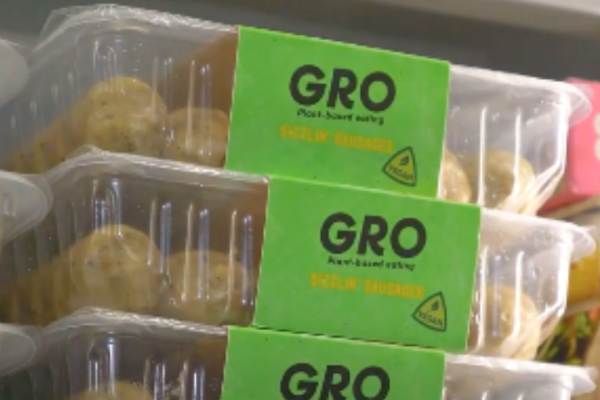Often, flexitarian and plant-based foods are segregated into their own ‘alternative’ sections. However, to broaden their appeal they should be presented as mainstream options. Displaying plant-rich foods prominently can boost sales.
Plant-based options should be placed in prime positions within the right category. A good example of this is the, increasingly common, sale of oat milk in the dairy fridges alongside animal milk. This concept could be extended to a ‘protein aisle’ that includes pulses, nuts and other plant proteins alongside ‘better’ meat and sustainable fish.
The sale of more plant foods will be supported by:
- Product development - increase the proportion of plants in prepared products, such as ready meals. Increase the proportion of fruit and vegetables contained in snacking and ‘on the go’ products.
- Improved access - increase the provision of fruit and vegetables, whole grain products, pulses and nuts in all shops, including smaller and convenience stores.
- Store layout - improve positioning and store layout for options which include more plants.
- Promotions - by pricing vegetables, wholegrains, nuts, seeds, fruit and pulses competitively including the use of promotional tools.
- Advertising - shift advertising imagery and content away from meat as central image, and ensure plant-based products feature prominently. Develop exciting content, e.g. recipes or wine-pairing advice, that applies to plant-rich foods.

